A true teacher in dance is one who provides guidance and mentorships for their students as they begin the journey inwards, letting their spiritual self shine through their dance. We meet our students as we are and as they are, right here and right now, finite but incomplete; we enlarge and expand in order to engage their minds and fire their hearts, and to provoke their imaginations, as well as our own. The other side of the Teacher/Student paradigm is the student who has a certain level of trust with their teacher. This trust comes with the understanding that the dance is a journey through “uncharted territory” where the teacher has the map leading to a higher level of understanding and elevation through movement.
Being a dance teacher affords me the luxury of combining the best of both worlds; dancing AND teaching! Although I’ve been a dancer for the past 16 years, I was also a corporate technology trainer. Dance education provides me with the perfect nexus for two things that I am truly passionate about.
The bond between teacher and student is a unique association akin to the young Shaolin Monk seeking guidance from the elder Shaolin Master; a melding of a thirst for knowledge and a timeless wisdom. The greatest moments between the student and teacher is when the students is able to understand and can truly grasp the concept, movement, rhythm and /or history of the dance.
These notions on what dance education means to me did not come from how I learned dance, but rather from a mixture of what I didn’t get while learning, as well as my desire to do better for the next generation of dancers coming up after me.
My journey as a dancer is not like most dancers. I didn’t learn about dance as an official dance major, nor do I have a degree in dance. I was led to dance 16 years ago by my ancestors in a process of listening their messages and submitting to my journey. This process relied on me having an unspoken level of trust with a higher order, taking me on the uncanniest journey a person could have. Through this journey, learning how to dance and how to teach others about dance was a part of a larger way of living that included many different facets (ie drumming, cooking, rites of passage, ethical standards, language, etc.). Through this journey and this lifestyle, I’ve learned a lot about myself, as well as what I’ve been put on this earth to do.
I come from a single-family home, where my father was never around. This led to me having a need to over-compensate on many of my interactions with people in a failed attempt at the relational balance and guidance I didn’t have growing up as a child. This type of background was my true foundation in forming my identity as a dance educator, which is a hybrid mixture of Observation, Experimentation, Experience and Determination
- Observation – In observing other teachers teach dance, I’ve seen both the good and the bad. I’ve seen those who could care less about their students, as well as those who would do anything for their students. Being able to observe both ends of the spectrum allowed me to experiment with the type of dance teacher I wanted to be once the opportunity to teach dance was put before me.
- Experimentation – During my career as a dance teacher, I jumped at chances to teach where I wasn’t even paid for teaching. My reasoning for doing so was that the opportunity to take what I observed and then experiment with the assessed information was critical in developing what my concept of dance education would be.
- Experience – If at first you don’t succeed . . . . . Trial and error was (and still is) a major part of my foundation as a dance educator. Not every concept/strategy will work with every group. This is something that a teacher can only learn through experience.
- Determination – Teaching is not something that will make you rich. It’s something you HAVE to be passionate about. That passion is synonymous with determination, which is the true foundation of success in any endeavor an individual, may take in life.
Educational theorist Maxine Greene states, “While it is not really necessary for everyone to be deeply knowledgeable in math and science, it is crucial for everyone to seriously contemplate who we are as individuals and as members of a culture.” Dance has not only become something that I am passionate about, it has become an integral part of my cultural identity. I identify culturally with dance because of the traditional forms of dance that I study. Most of these dances come from cultures where the dances are a part of every day life. These dances keep me grounded in a world where technology and social media have become society’s preferred way to communicate and socialize. It is the cultural traditions and information of the dance (and the lifestyle it perpetuates) that keep me balanced.
It is said that without a sense of identity, there can be no real struggle. Dancing and the art of dance is the ultimate manifestation of one’s inner spiritual identity. The ability to dance is closely tied to how intimately a person is connected to their metaphysical self. That metaphysical (or spiritual) self is directly tied to your family and ancestral lineage. Although some people are able to learn choreography by simply looking at it one time, others need months to learn that same choreography. This notion and perspective on dance doesn’t mean that only a certain type of person can learn dance, rather it exemplifies the notion that dance is for everyone simply because the journey through learning a specific dance form can lead to a certain level of growth for anyone (this of course is tempered by the fact that the personal growth is relative to the individual). Everyone has the innate ability to learn about dance, however not everyone is comfortable with the outward expression of their inner spiritual being.
Finally, the most critical notion of dance is that it is never about the destination; it’s about the journey to the destination that is most important in understanding what dance is to both the teacher and the student.




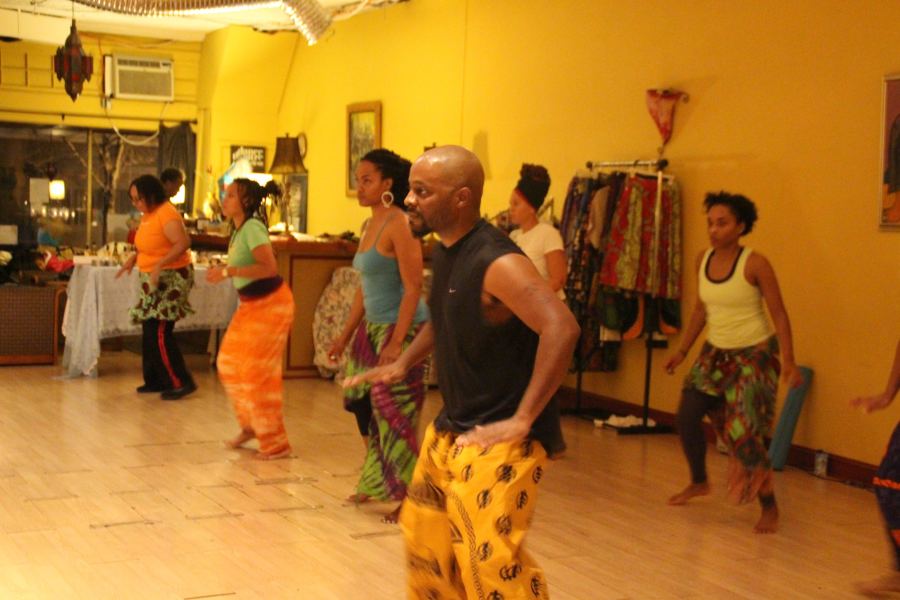
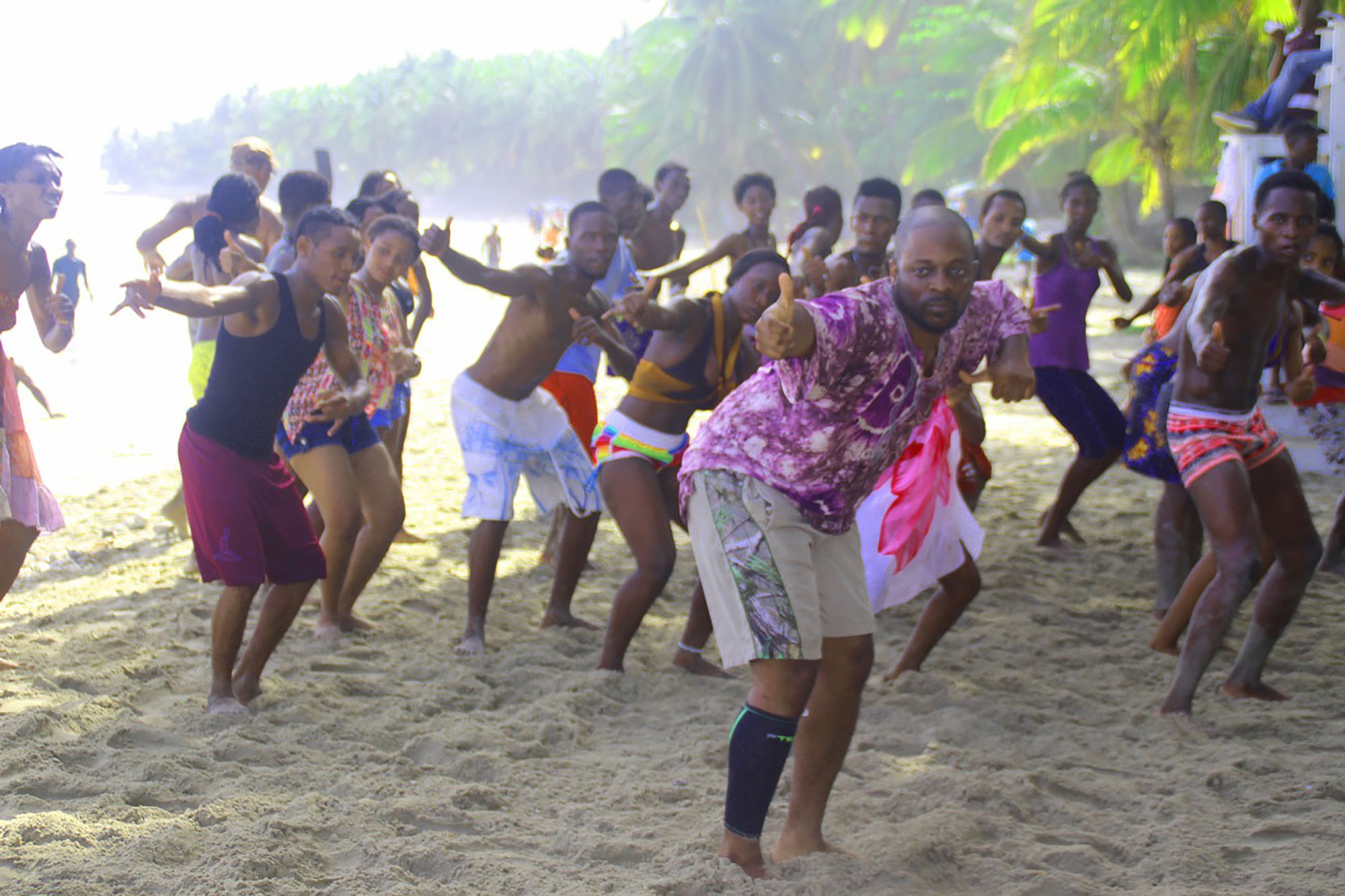
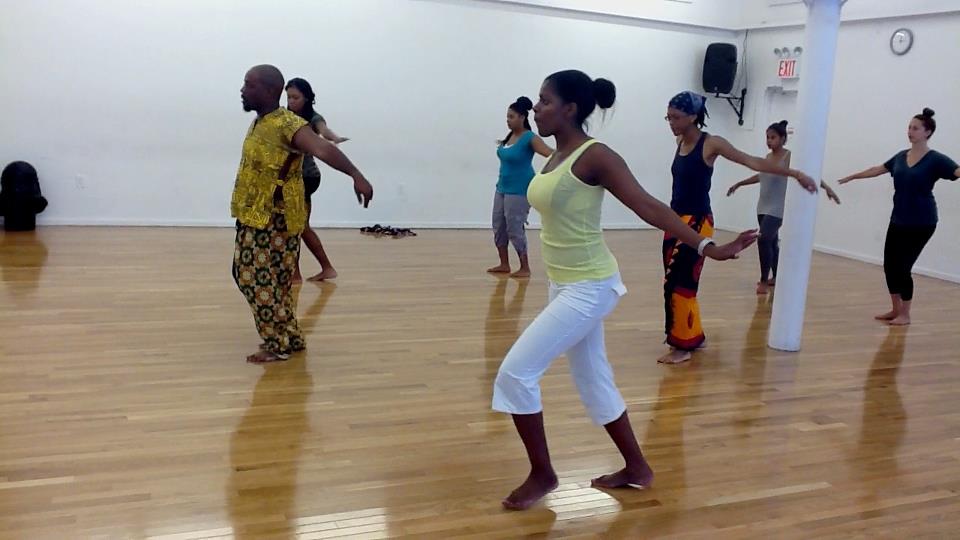
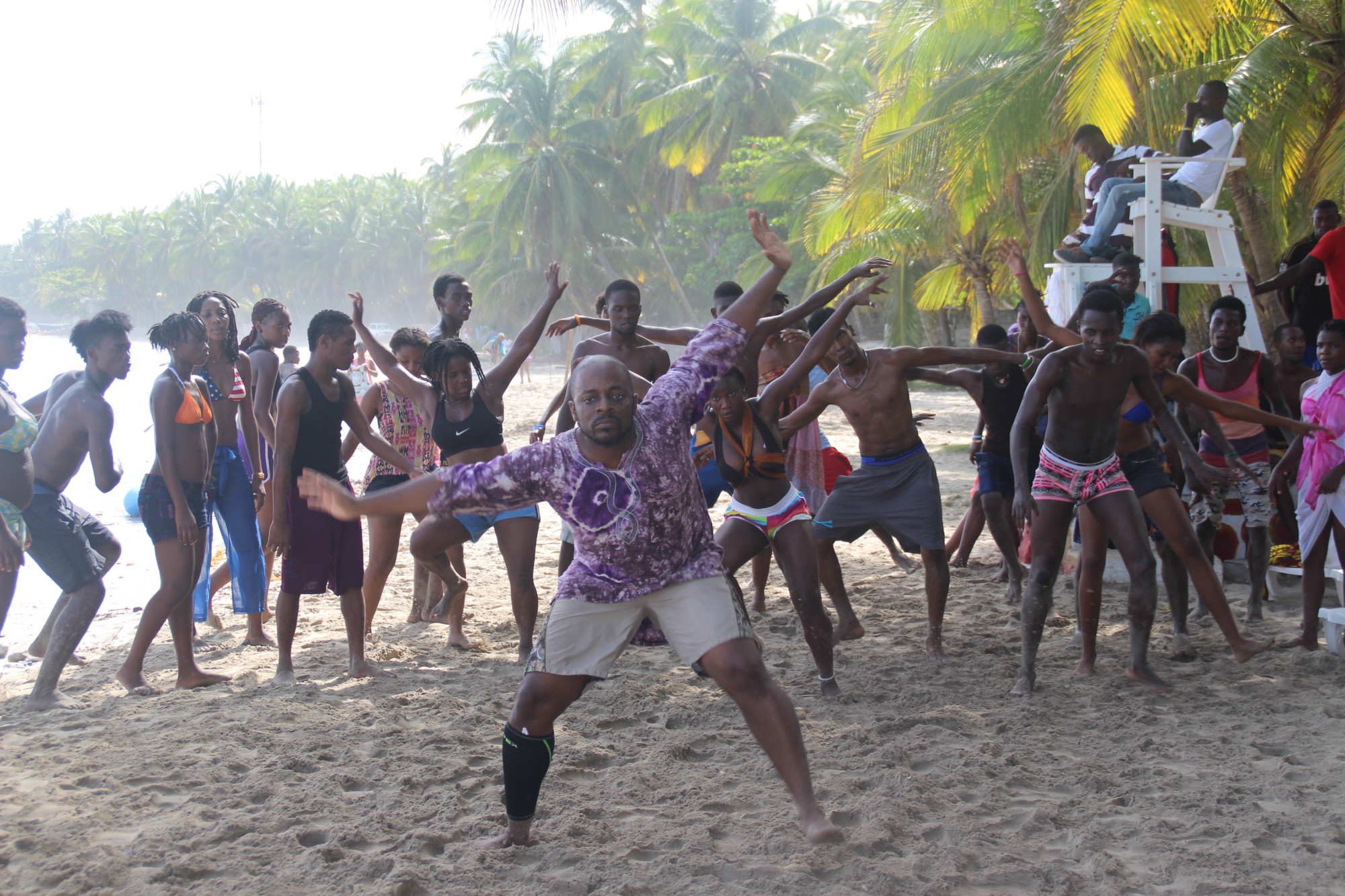
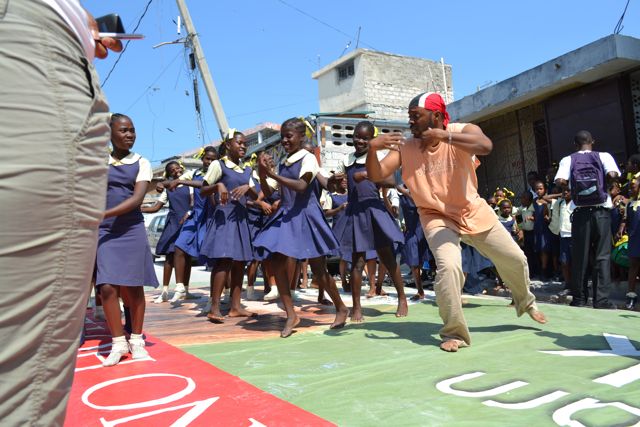
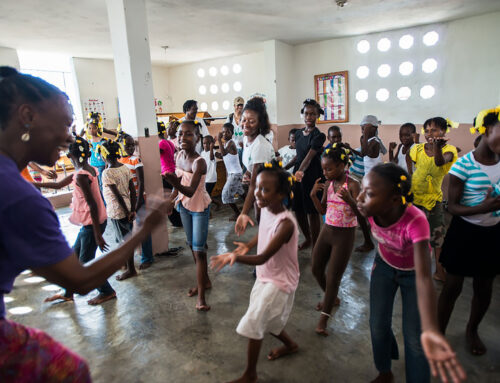
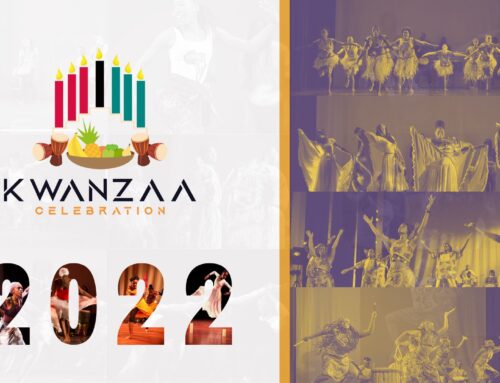
Keep In Touch